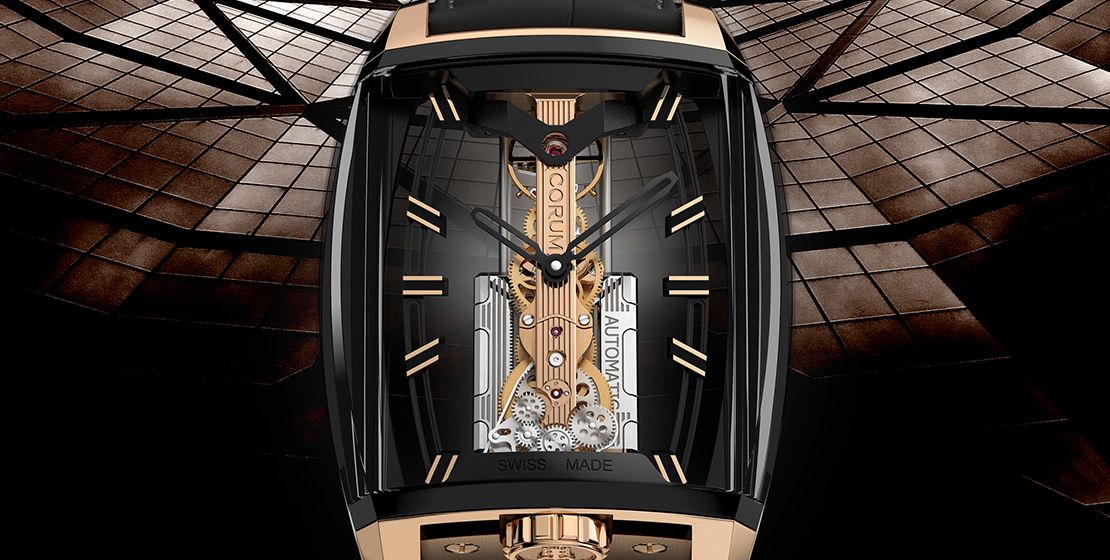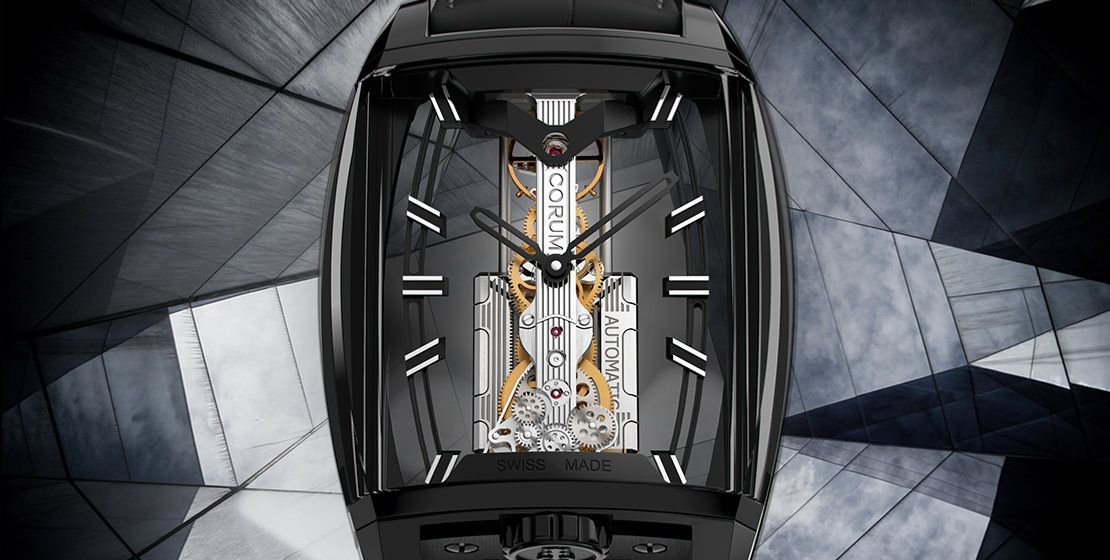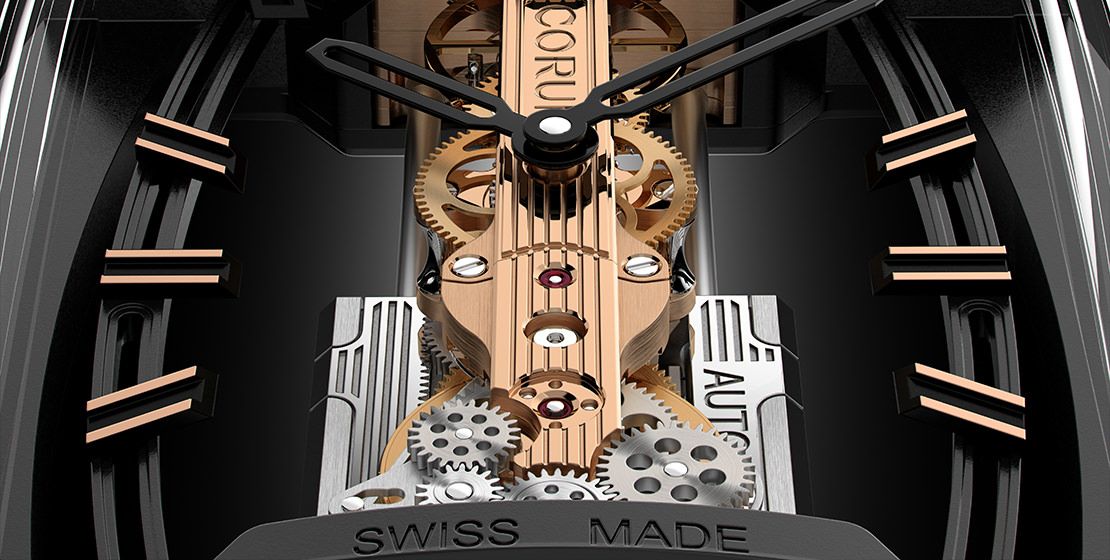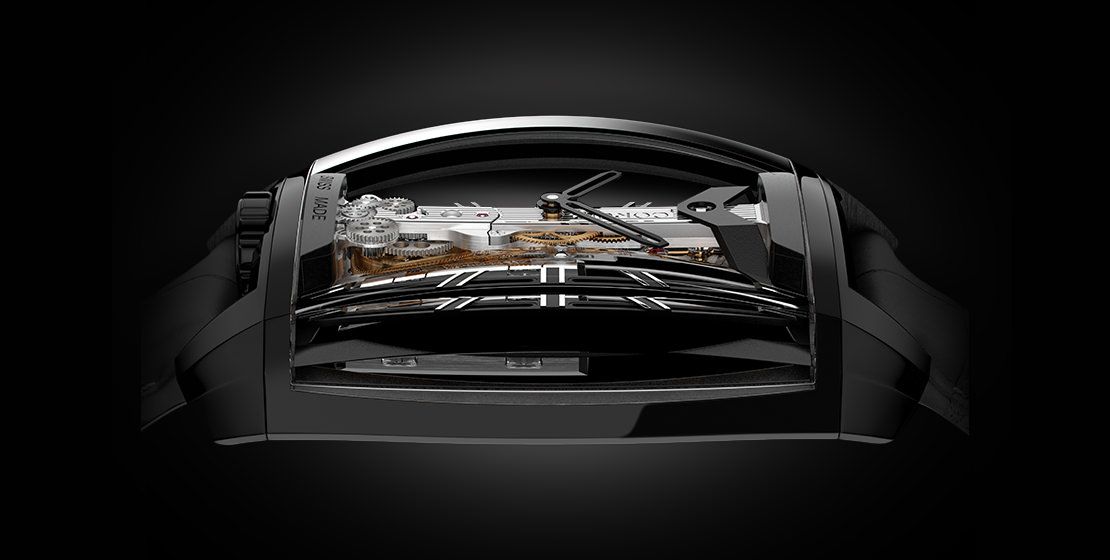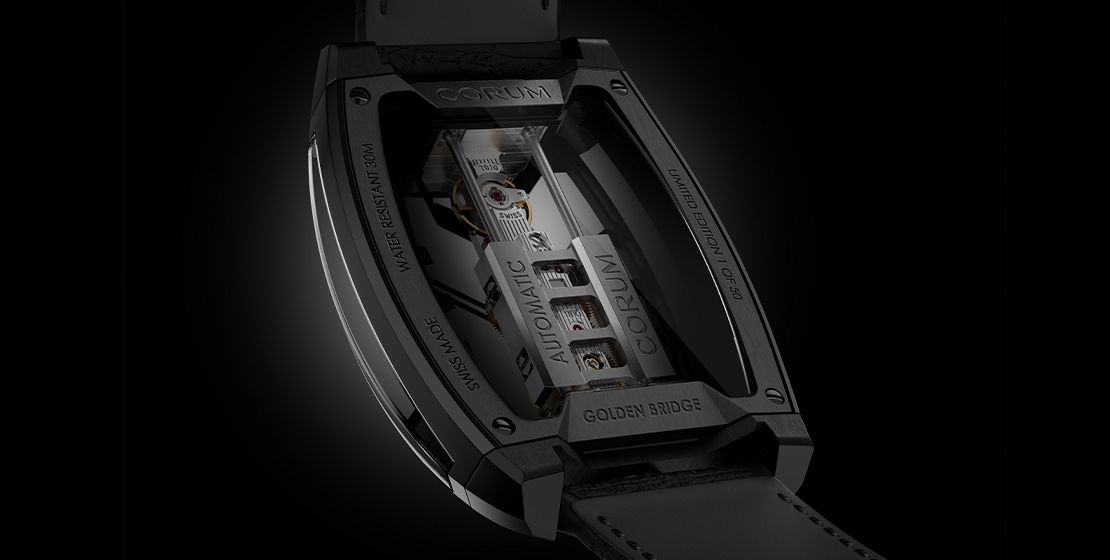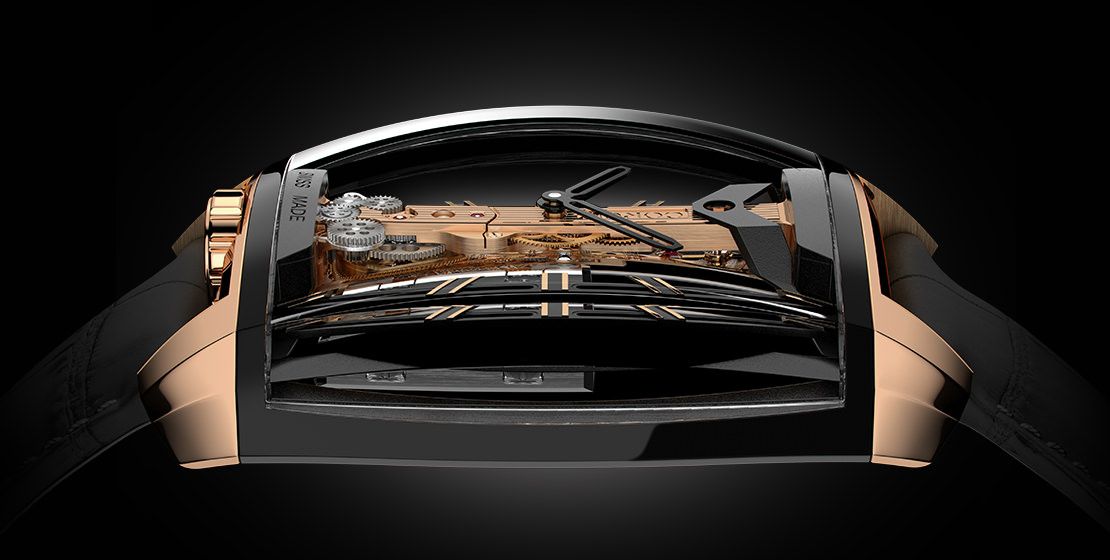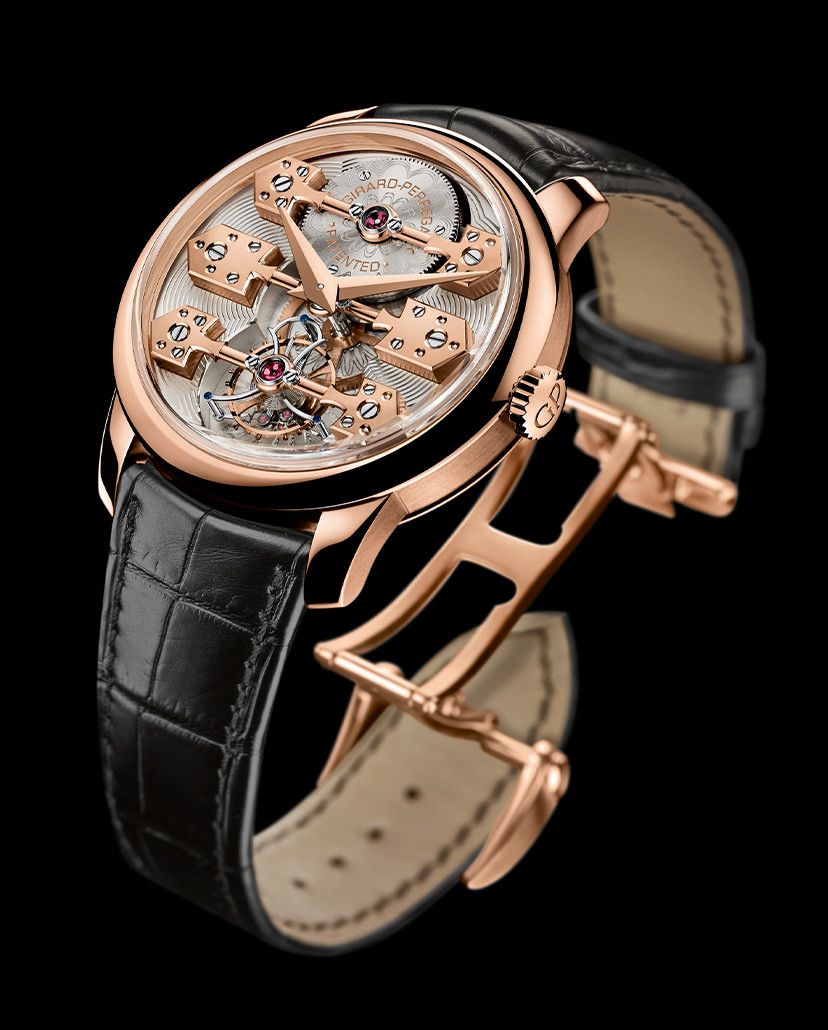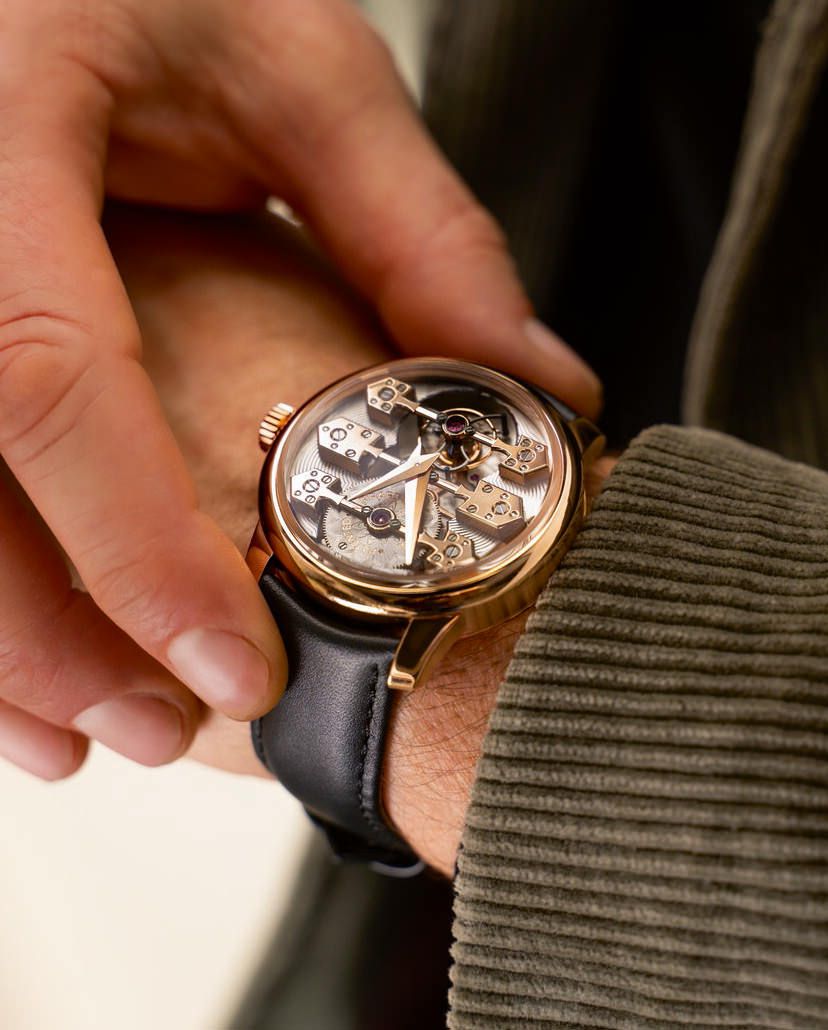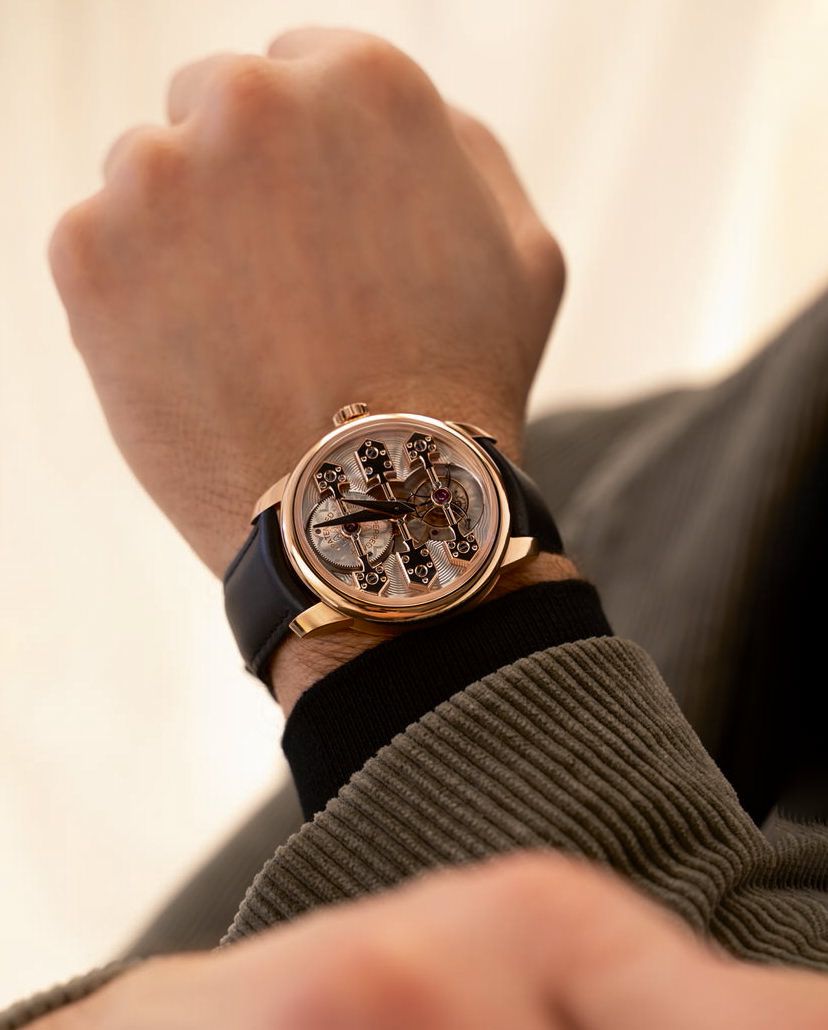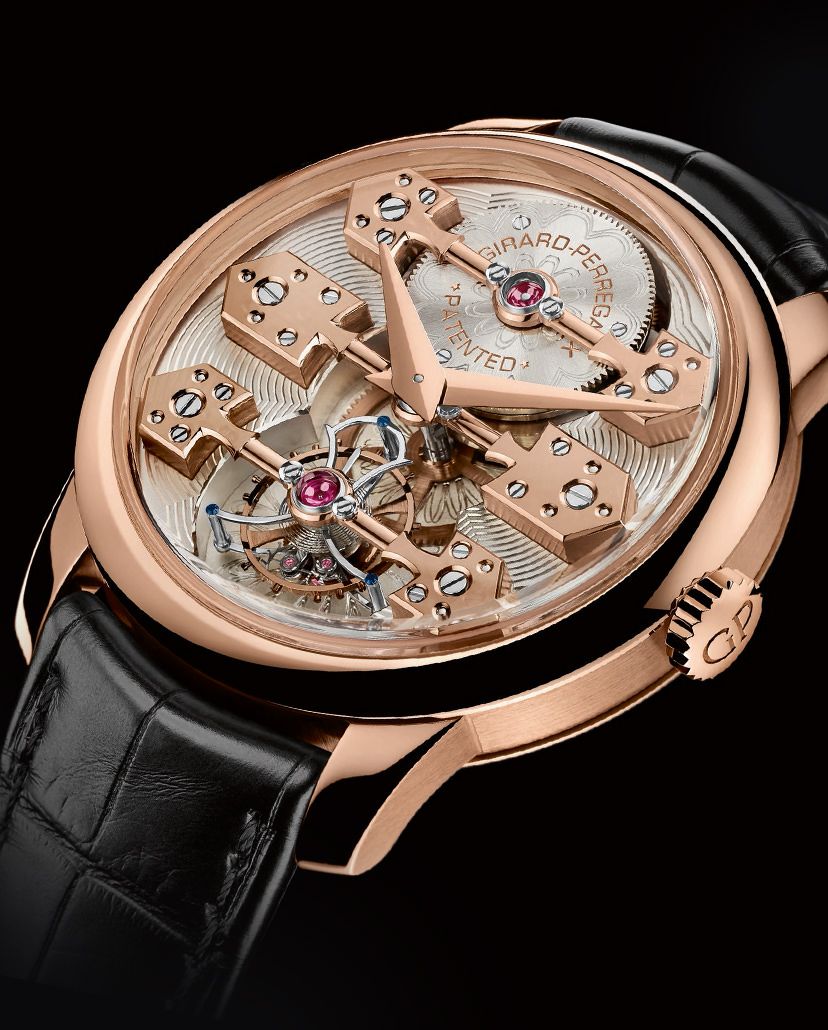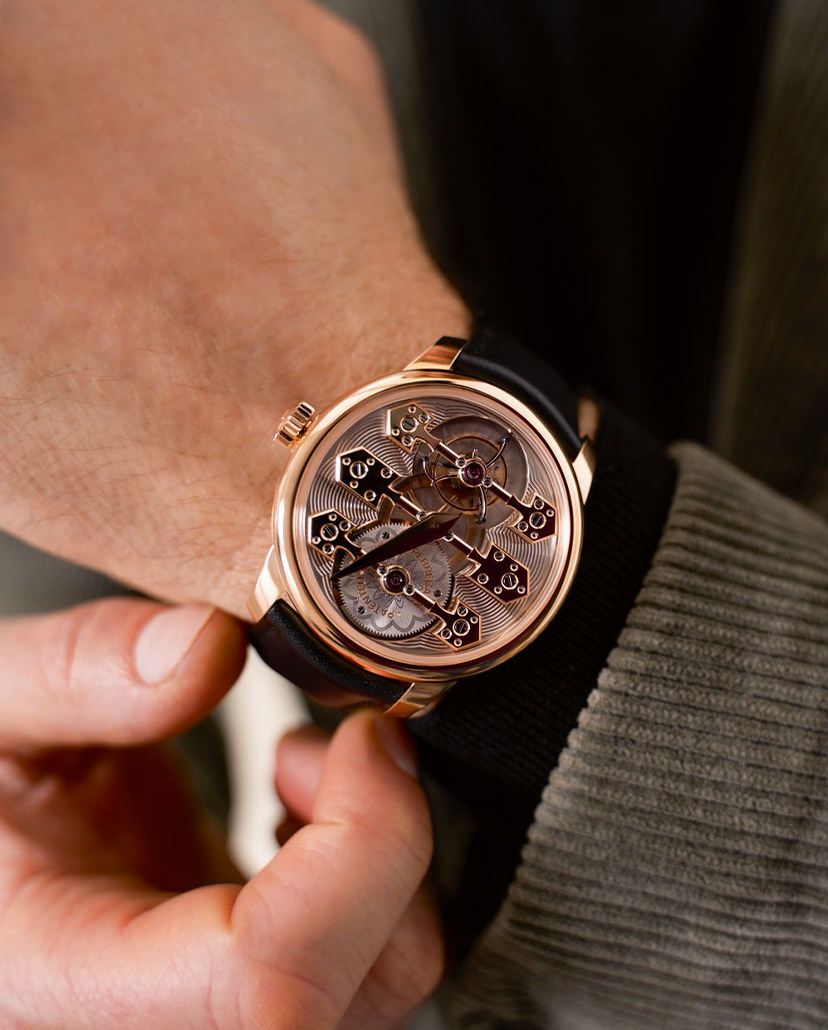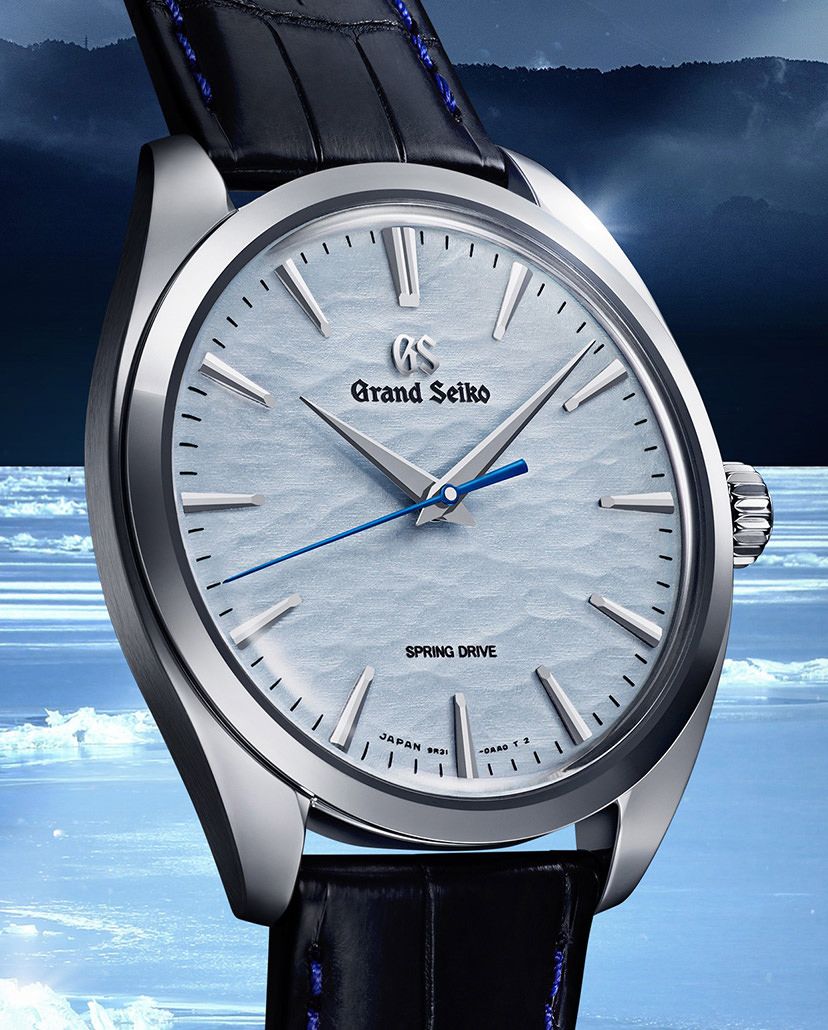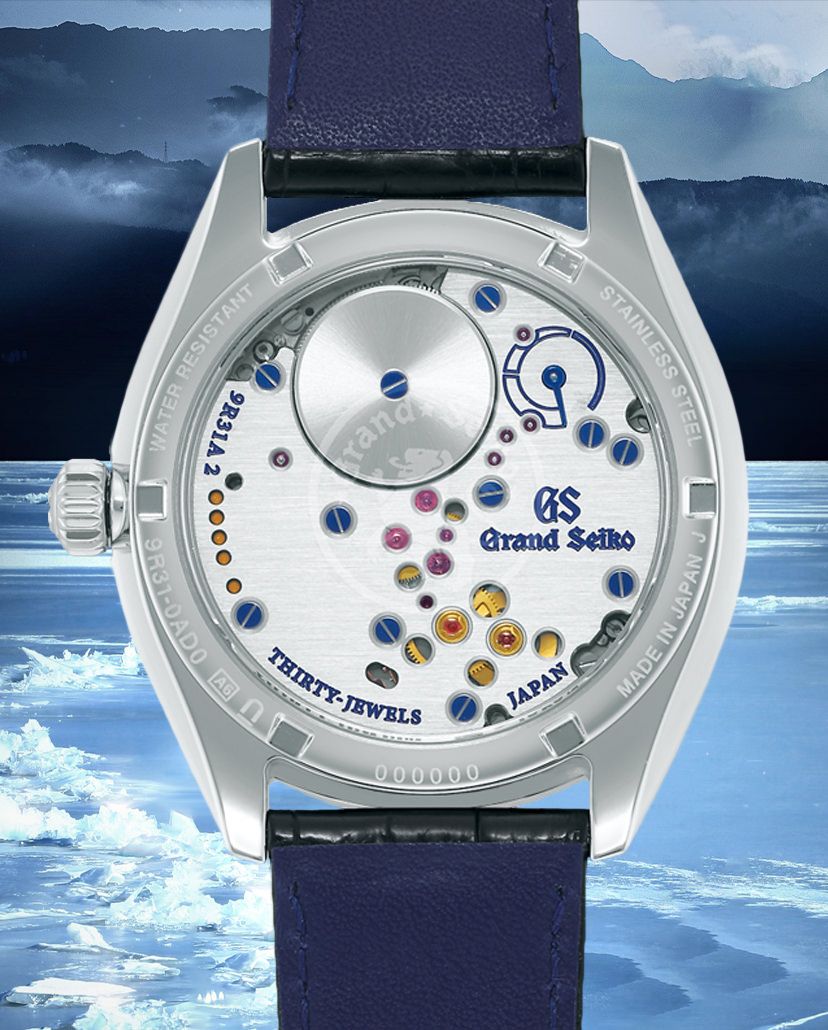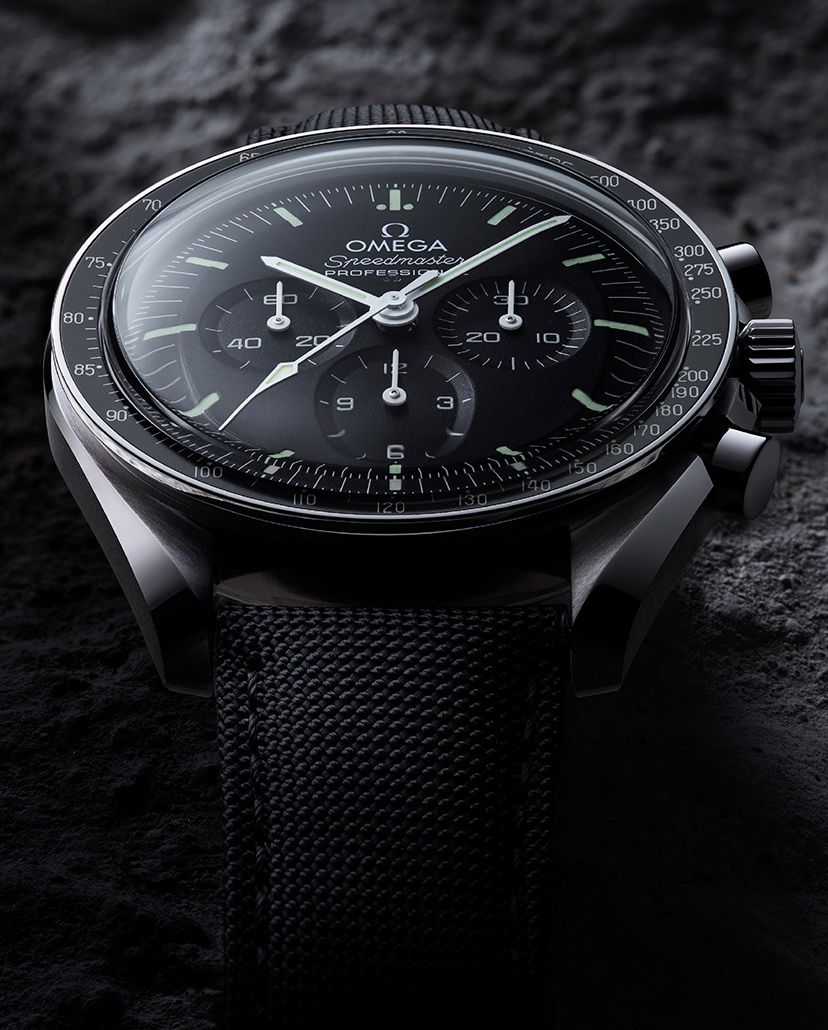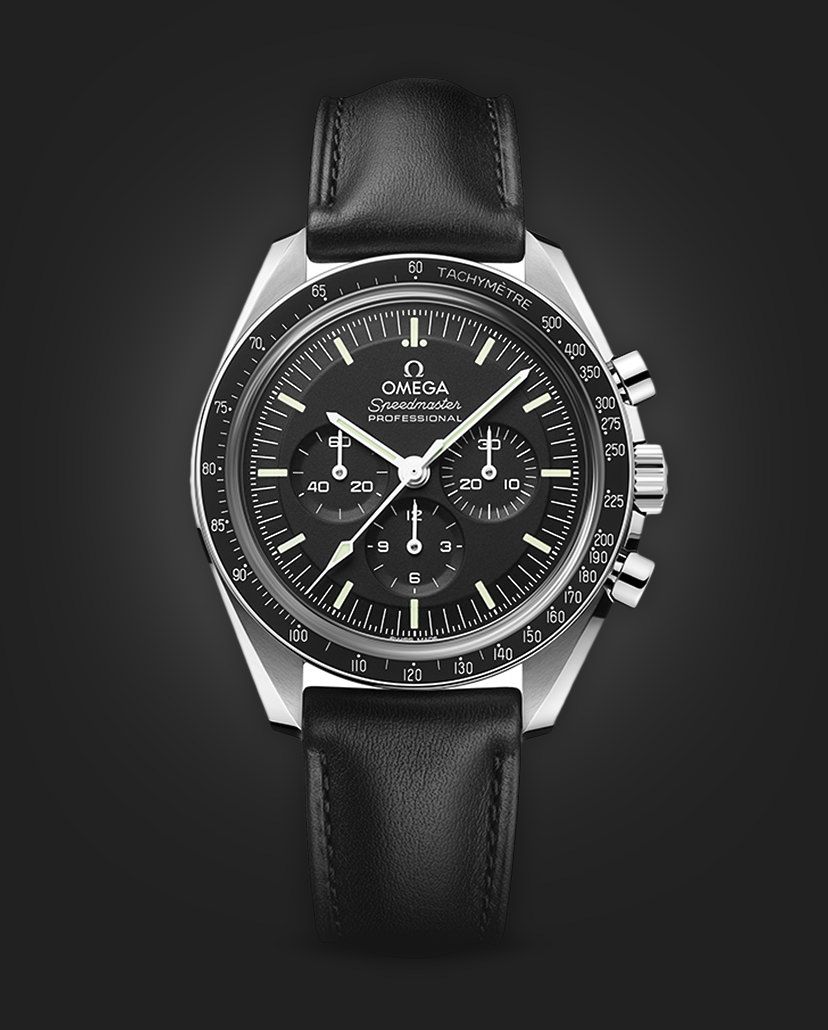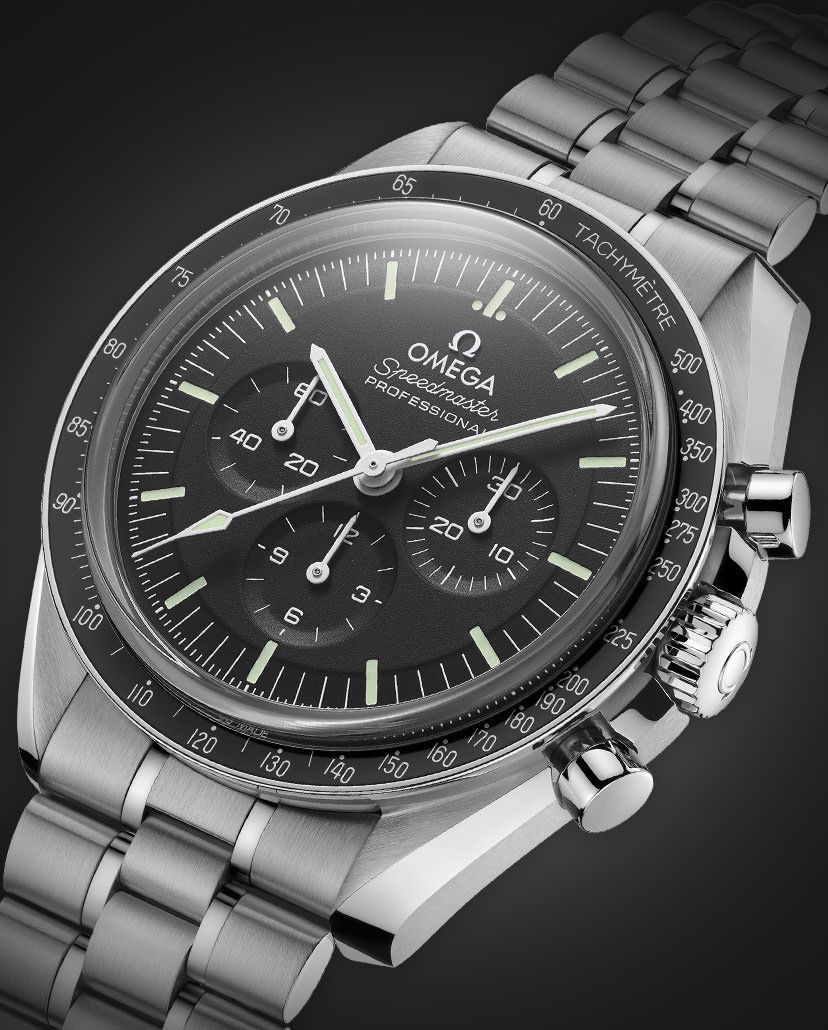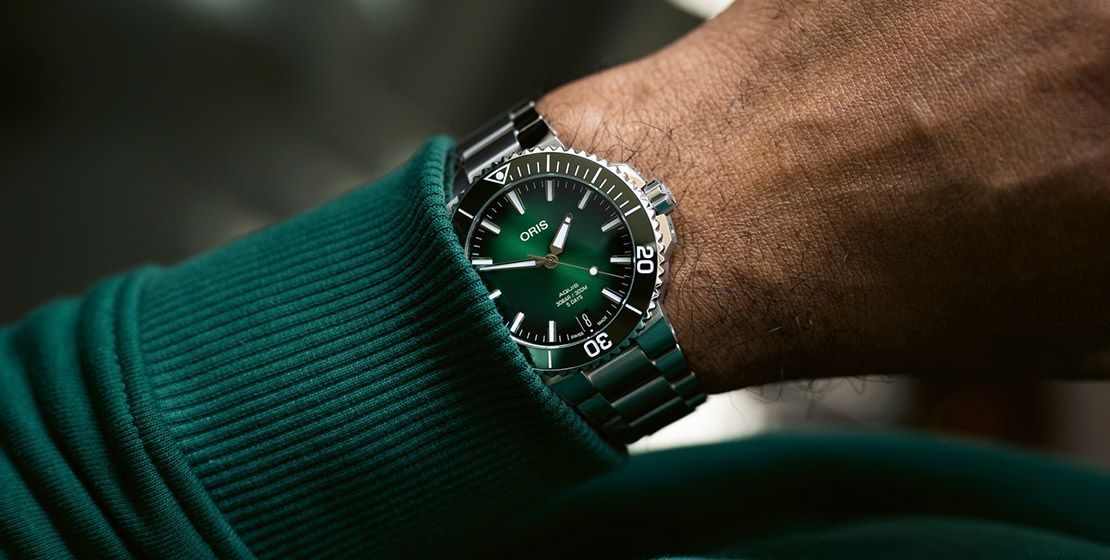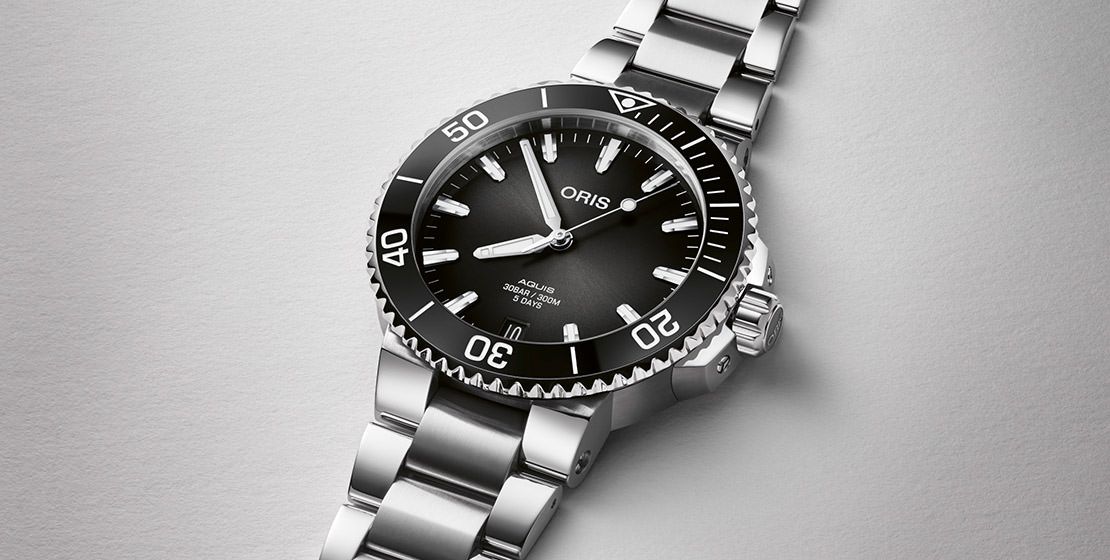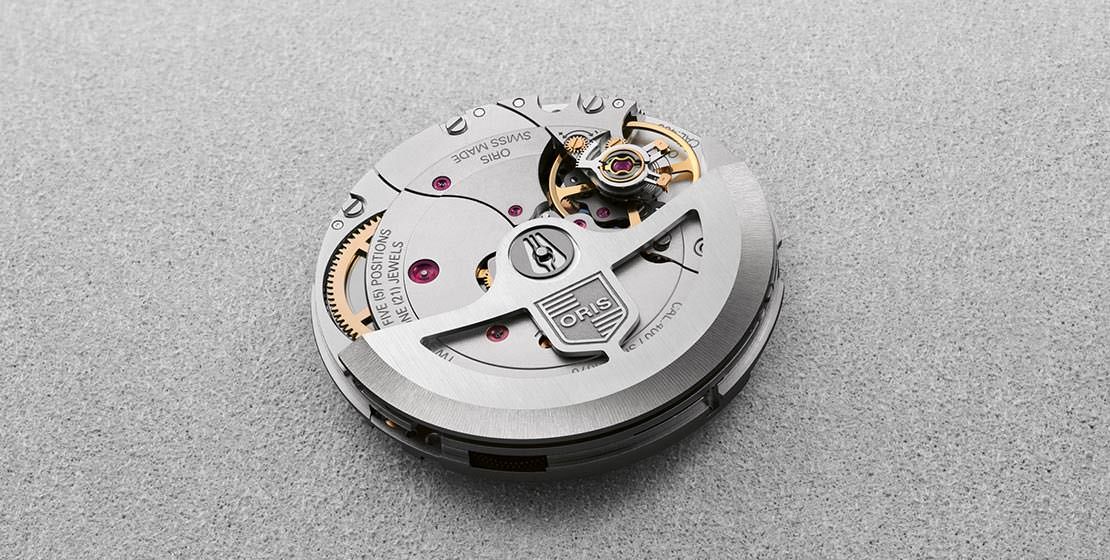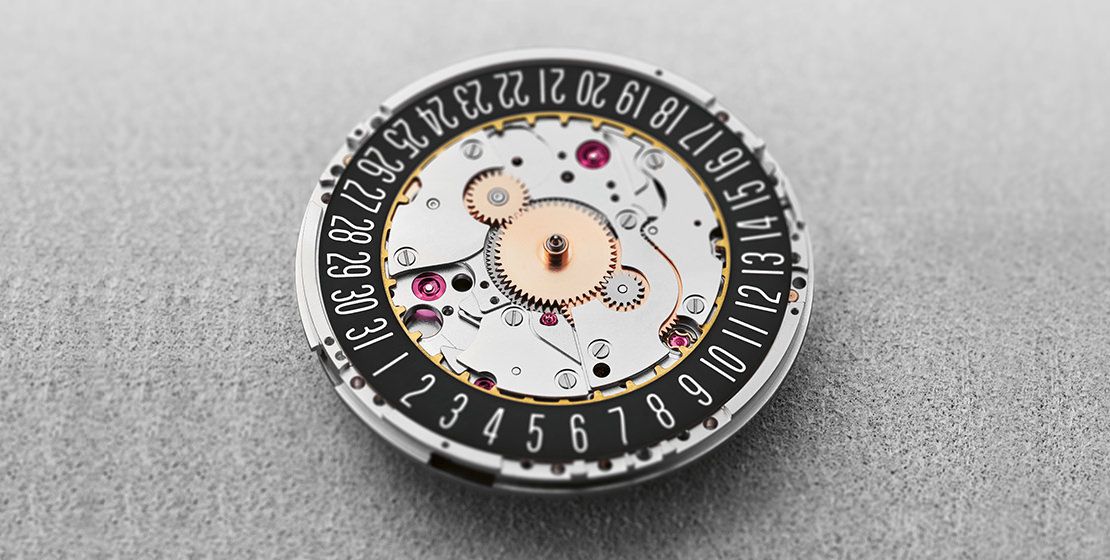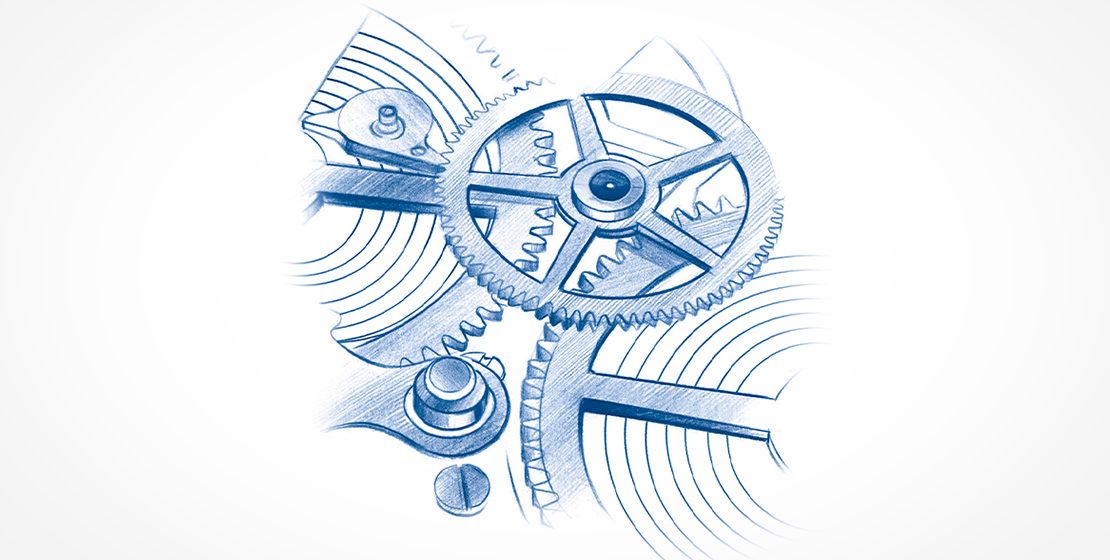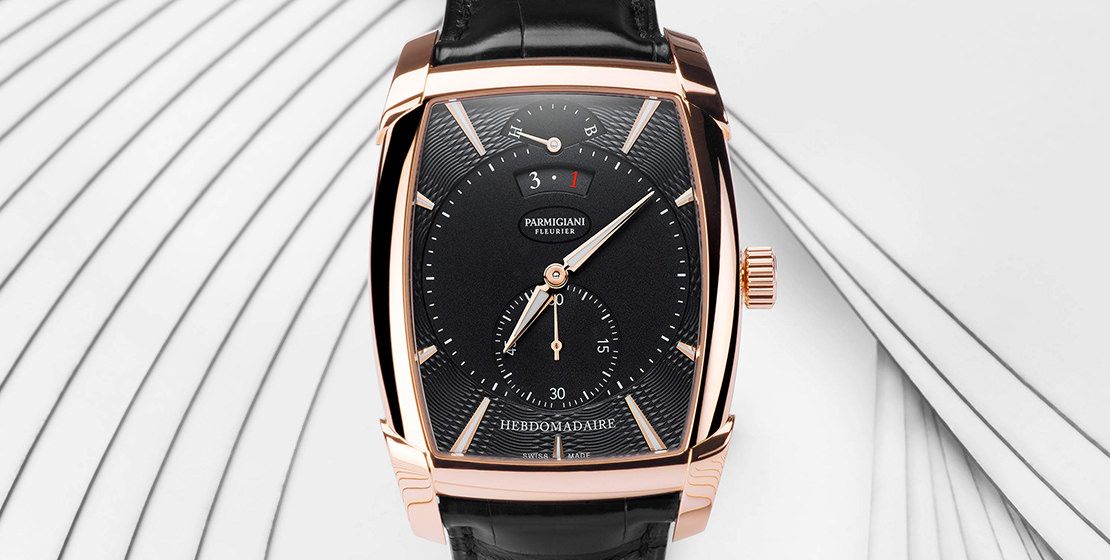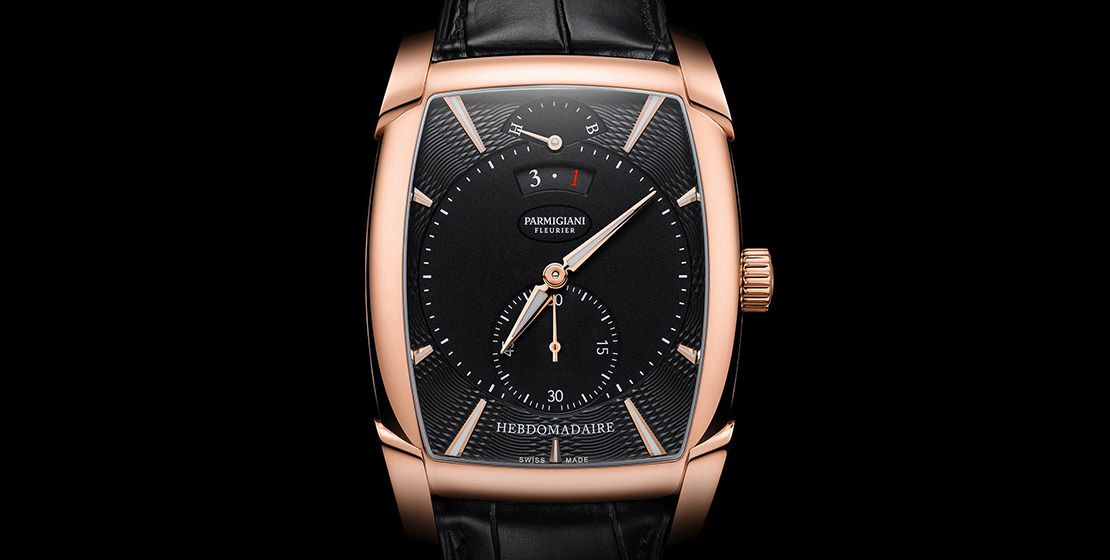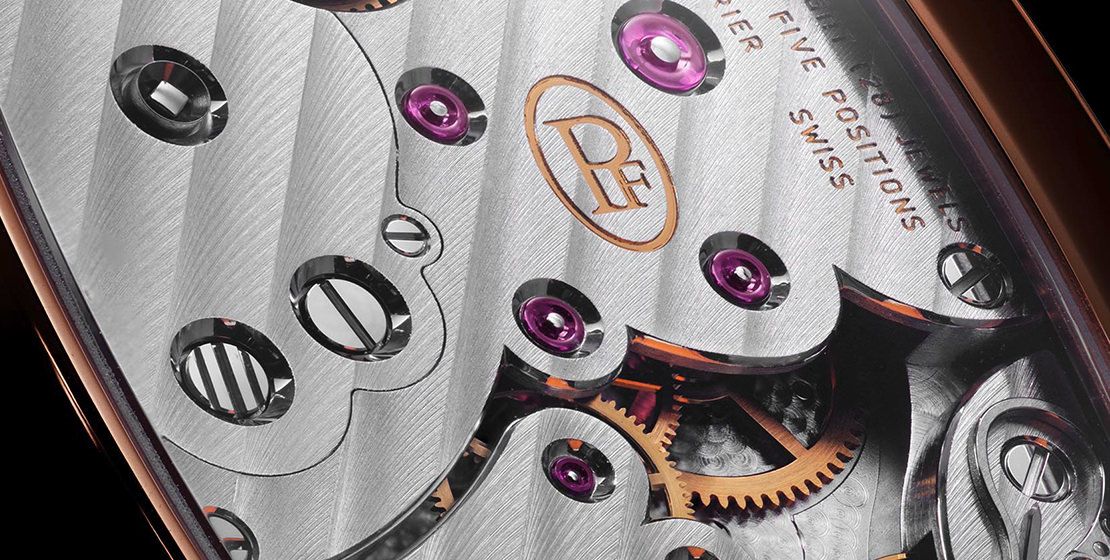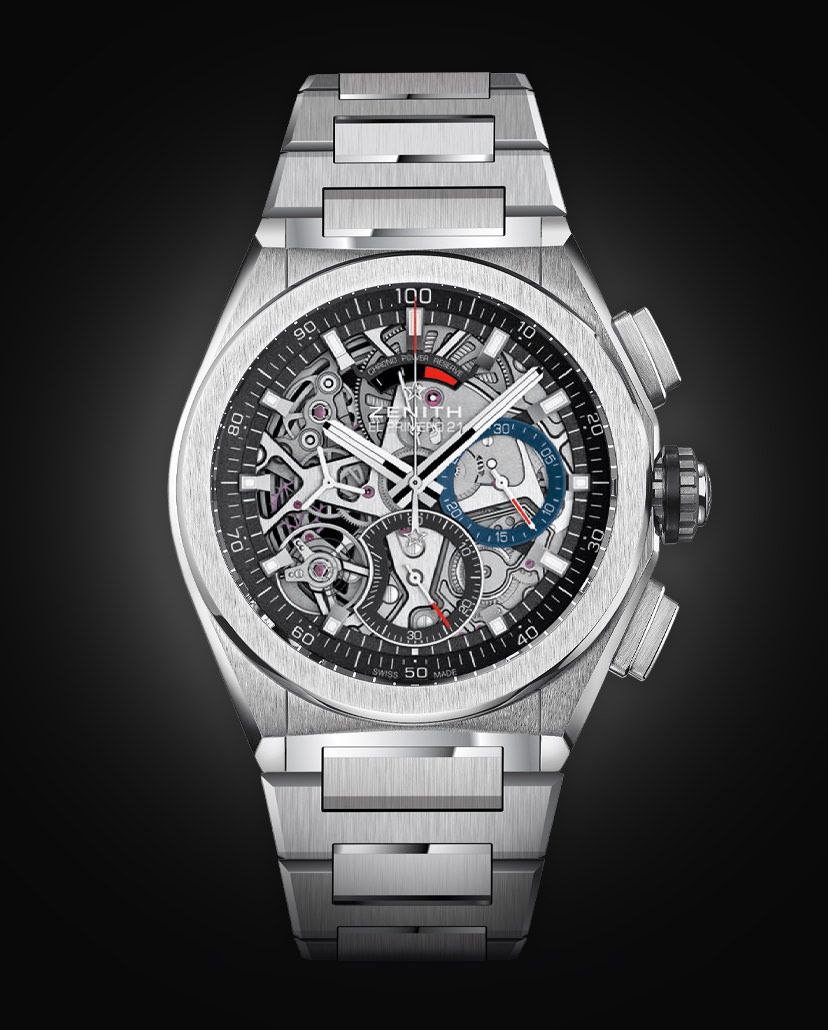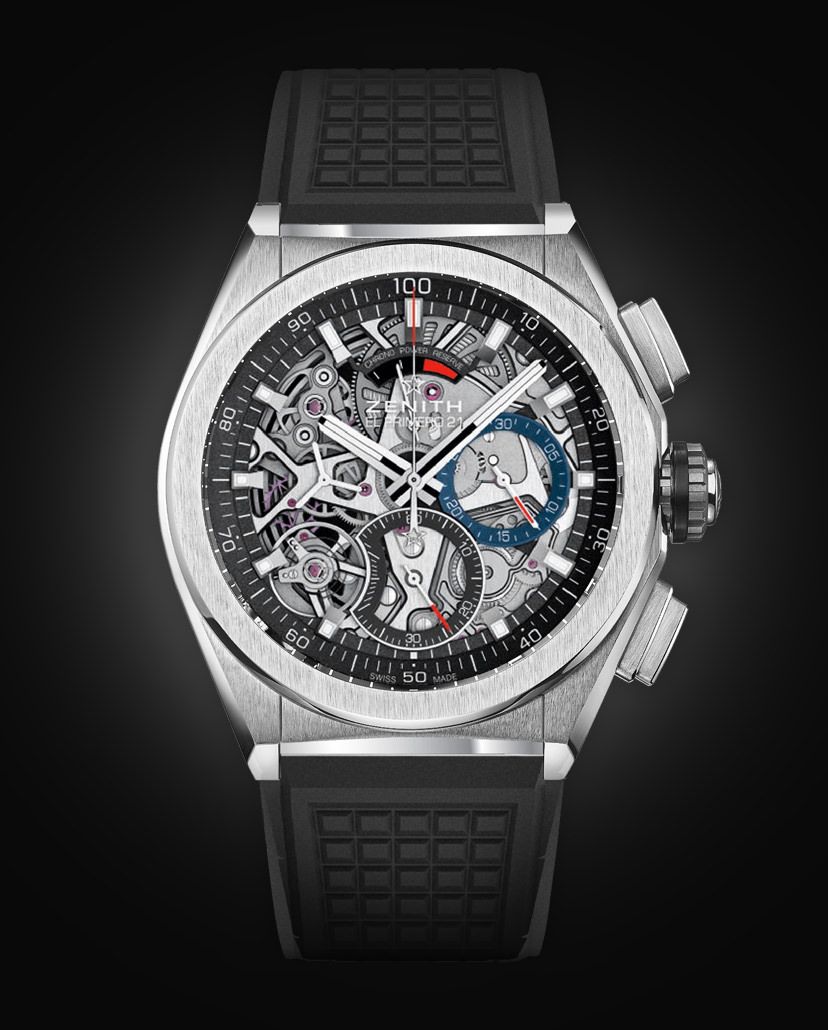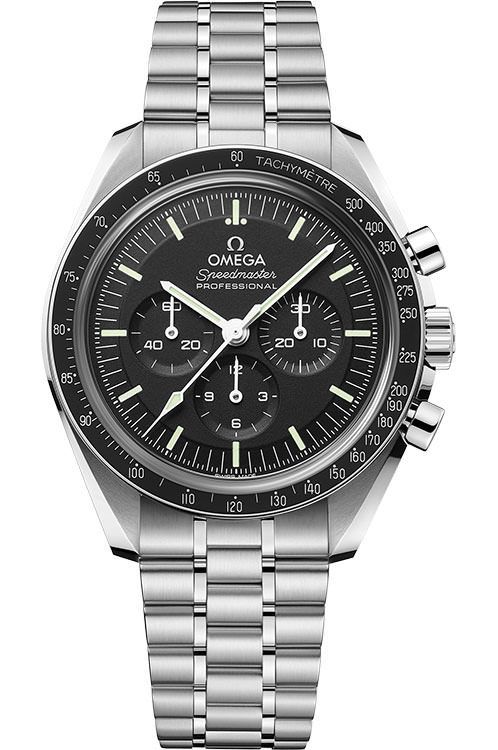Round-UpSupreme Powerhouses: Seven Watch Movements That Go Above And Beyond Routine Timekeeping
A movement breathes life into a timepiece and allows it to deliver the primary task that it’s entrusted with—keeping track of the elapsed hours. However, there are some technical marvels that are calibrated for a power-packed performance when it comes to supreme accuracy, precision or even exceptional design and execution. Here’s a closer look at some watch movements that make a difference
May We Recommend
One topic that never grows old within the horological circles is an impassioned discussion around watch movements and what they bring to the table. This may be centred around their efficiency, supreme accuracy or a high rate of precision. And not just that, one may even want to get into the details of movement finishing, decoration or any other new innovation that a brand have introduced in these tech marvels. The importance of a watch movement does not need timely reiteration. Any horology enthusiast knows how crucial this mechanism is to breathe life into a timepiece. After all, that’s what makes it tick (literally). But then there are movements, and on the other hand there are iconic powerhouses that have been part of prestigious timepieces that are regarded as the holy grail of watchmaking. There’s the ETA/Valjoux 7750, which has probably driven more watches than any other movement. Owned by the Swatch Group, it is one of the most important chronograph movements in the industry. It is equipped with a cam-and-lever system that controls the functions as opposed to a column-wheel design. The most attractive part about this movement is that it’s a great proposition for brands who are unable to manufacture their own movements. And for those who do, well, we cannot simply not afford to mention the Jaeger-LeCoultre Calibre 920—a movement the maison co-developed and manufactured but never used in any of their watches. This was used by Patek Philippe to power their first Nautilus 3700/1A timepiece from 1976, and also by Audemars Piguet for their Royal Oak reference 5402ST from 1972. The company is still using this for their Royal Oak ‘Extra-Thin’ and is now producing this as calibre 2121, which has been used by Vacheron Constantin for some of their timepieces. The highlight here is that it’s an extremely flat movement measuring merely 3.05mm owing to a rail system for winding. Here we won’t get into how a movement works (there’s enough information about that flooding the internet), but take a closer look at some movements that stand out in the haute horlogerie universe.
Corum Golden Bridge 10th Anniversary Edition
Since their inception in 1955, Corum have always been ahead of the curve with their cutting-edge technology and avant-garde design. One of their strongest and most distinct offering is their Golden Bridge timepiece, equipped with the world’s first-ever in-line baguette movement that was first released in 1980. And three decades later, in 2011, Corum released an automatic version of this iconic movement that also took the world by storm. The earlier version of the Golden Bridge movement consisted of parts that were made in gold. However over the years, this movement has undergone several modifications. For the 10th anniversary of the Automatic Golden Bridge, Corum unveiled a new Automatic Golden Bridge series, replete with a sapphire case that delivers a panoramic view of the meticulously finished movement. Consisting of four models, the tonneau-shaped case offers a dramatic view of the movement, thanks to the sapphire crystal and caseback in a larger size. The brand have also used the sapphire crystal as a single piece that extends from the top crystal to the sides of the watch—allowing for a 360-degree view inside. Sapphire is one of the most difficult materials to work with as it is brittle and can break in the manufacturing process. It also requires special attention to corners and metal case connections to render the watch water-resistant. However, Corum’s in-house engineers and watchmakers have mastered the process with this single piece that covers the top and sides. The watches are powered by the original automatic movement that remains incredibly advanced even by today’s standards. With all of its 194 parts arranged in one line, the exclusive Corum calibre C0313 boasts 40 hours of power reserve, a variable inertia balance wheel for long-term precision, a miniaturised barrel and mainplate, bridges made of 18-karat gold, and a platinum linear oscillating weight.
Girard-Perregaux Bridges La Esmeralda Tourbillon
One of the most iconic designs from a brand that boasts an illustrious 230-year-old history is the Bridges collection from Girard-Perregaux. To mark their 225th anniversary in 2o16, Girard-Perregaux launched a stunning timepiece in pink gold—the La Esmeralda Tourbillon. Inspired by the Tourbillon with Three Gold Bridges pocket chronometer that won the gold medal at the Universal Exhibition in Paris in 1889, this timepiece boasts exceptional mechanical prowess along with detailed finishing and decoration. And even though the watch is highly complex and intricate, it still appears extremely minimalistic in its design and execution. The timepiece comes in an 18-karat pink gold case measuring 44mm, and is powered by the mechanical calibre GP09400 with automatic winding. One can see the tourbillon positioned at six o’clock on the dial side inside a carriage, composed of 80 components. This large 16-ligne movement, developed and manufactured in-house, takes up the entire caseband and features a 14.3mm tourbillon carriage and a balance wheel measuring 10.5mm. The highlight here is the unidirectional automatic winding system with a rotor that is positioned concentrically under the barrel rather than on the outer edge. Thanks to this ingenious construction, the watchmakers were able increase the diameter of the barrel drum and therefore lengthen the spring to give the piece a power reserve of at least 60 hours, compared to 48 hours previously. It is presented on a black alligator strap with a pink-gold triple folding clasp, which enhances its classical appeal.
Grand Seiko Elegance
Grand Seiko are an authority when it comes to Japanese watchmaking excellence. Their double index at 12 o’clock, sword-shaped hands and classic design aesthetics make their watches stand out in the crowd. This model from their Elegance Collection is inspired by the Lake Suwa, frozen during the winter. This is when a jagged ridge appears over the surface, and legend has it that this ‘Omiwatari’ is the crossing used by gods to cross over from one side to the other. The dial looks ethereal and is exquisitely finished. It has the colour, feel and texture of the snow-covered ice on Lake Suwa, and is framed by a 38.5mm stainless steel case. The timepiece is driven by the manual-winding Spring Drive calibre 9R31, which has the Dual Spring Barrel that delivers a power reserve of about 72 hours when fully wound. Its finishing is visible through the exhibition caseback along with the power reserve indictor, the ‘lion’ emblem, and 30 jewels. This mechanical marvel offers supreme precision and accuracy with a deviation of +/−15 seconds per month, which technically amounts to +/− 1 second per day.
Omega Speedmaster Moonwatch Professional Chronograph
Launched earlier this year, the Speedmaster Moonwatch Master Chronometer is a superb continuation of the Moonwatch legacy, running into its 53rd year. Not only is it upgraded with the best of modern precision and accuracy, but it also features a robust stainless steel body with a hesalite crystal glass that takes on the spirit and style of the true Speedmaster chronographs worn during NASA’s most legendary missions—including the first lunar landing by Apollo 11 in 1969. Even the design remains mostly unchanged and draws inspiration from the original chronograph with an asymmetrical case, twisted lugs, and the short and broad pushers. The counters are positioned at three, six and nine o’clock, and even the famous ‘dot over 90’ and the dot next to 70 on the tachymeter scale of the anodised aluminium bezel remain the same. It’s one of Omega’s most iconic timepieces, having been a part of all six moon landings, and represents the brand’s pioneering spirit. The new versions are presented on a polished-brushed, five-arched-links-per-row bracelet, attached to a 42mm stainless steel case that features sapphire crystal glass on the front as well as on the caseback. There’s also a model crafted in Sedna gold. Inspired by the fourth generation Speedmaster style worn on the moon, it also features a black dial with the Omega logo at the 12 o’clock position. They are driven by the brand’s co-axial Master Chronometer calibre 3861, which powers the small seconds sub-dial, 30-minute recorder and the 12-hour recorder, along with the central chronograph function. This manual-winding movement features Omega’s patented co-axial escapement, and is a certified Master Chronometer, approved by METAS. It offers supreme precision and accuracy, thanks to being resistant to magnetic fields reaching 15,000 gauss. It is also equipped with a free-sprung balance with silicon balance spring, and comes with rhodium-plated finish and bridges with straight Geneva waves. This innovative movement keeps the watches ticking for at least 50 hours, when fully wound.
Oris Aquis Date Calibre 400
Oris are known for their value-for-money timepieces that do not compromise on Swiss watchmaking standards. Their groundbreaking calibre 400 comes with a five-day power reserve, superior anti-magnetism, and a 10-year warranty—that too, without burning a hole in your pocket. The Aquis Date 41.5mm timepieces are equipped with this powerhouse and offer great performance. When conceptualising the Calibre 400 Series, Oris’s engineers recognised that these days we may not wear the same watch every day. If you put a standard mechanical watch down for a day or two, it will stop as the power reserve runs down. Calibre 400 series movements have a five-day power reserve, so they’ll still be running if you’ve not worn your watch between, say, Thursday and Tuesday. They deliver this longer period of use via twin barrels, both of which house an extended mainspring, each long enough to store two-and-a-half days of power. The other highlight is the low-friction slide bearing system, in which a metal stud runs through a lubricated sleeve. This is much less complex, highly efficient, and involves far less wear-and-tear, making the movement less prone to breakdowns. This replaces the traditional ball-bearing system that allows the oscillating weight to rotate. And to make it highly anti-magnetic, Oris have used more than 30 non-ferrous and anti-magnetic components, including a silicon escape wheel and a silicon anchor. Upon testing this movement, it deviated by less than 10 seconds a day after exposure to 2,250 gauss. The timepieces feature dials in three colour options—blue, green and black, and showcase the date window at six o’clock. On the reverse, the sapphire caseback allows a glimpse into the inner workings of this robust calibre. Water-resistant to 300m, the watches come with Oris’s patented Quick Strap Change system—engineered in a manner where the user can change the strap or bracelet on their own, without the help of any tools.
Parmigiani Kalpa Hebdomadaire
Known for their independent mindset and distinct designs, Parmigiani have been crafting some of the most exquisite watches in the haute horlogerie business. The Parmigiani Kalpa Hebdomadaire stands out for its recognisable tonneau-shaped case in 18-karat rose gold. A brainchild of founder Michel Parmigiani, ‘Hebdomadaire’ is French for ‘weekly’ and comes in an ergonomic case that sits comfortably on any wrist size due to its perfect curvature. This frames a black dial that features a slightly recessed central area, surrounded by an intricate ‘tress’ pattern in guilloche. The Super-LumiNova-treated indices and delta-shaped hands create soothing contrast against this backdrop. The power reserve indicator, positioned at 12 o’clock, along with an elongated date window offer a fine balance in symmetry, opposite the small seconds sub-dial at six o’clock. The Kalpa Hebdomadaire’s sapphire crystal caseback offers a clear view of the tonneau-shaped movement—an ingenious creation—decorated with Cotes de Genève and bevelled bridges. This movement is the manual-winding calibre PF110, which beats at a frequency of 21,600vph, and offers a generous power reserve of eight days, which is what the watch is named after. Water-resistant to 30m, the timepiece is presented on a black leather strap with an 18-karat rose gold buckle, that enhances its timeless appeal.
Zenith El Primero Defy 21
When the El Primero calibre was first launched in 1969, it took the watchmaking world by storm. It was the first automatic column-wheel chronograph movement that offered an exceptional high frequency of 36,00vph, and an automatic winding system that delivered 50 hours of power reserve. Over the years it has undergone a series of modifications and has driven several watches from Zenith, but the core values remain the same. The Defy 21 series launched in 2017, is also powered by the same iconic movement that has put Zenith in the upper echelons of fine watchmaking. The watches featured here come in titanium cases measuring a robust 44mm, generous enough to house this mechanical marvel. It represents a quantum leap in both performance and aesthetics. It boasts a frequency of 360,000vph or 50 Hz—ten times that of its El Primero predecessor, enabling 1/100th-of-a-second precision. An exquisitely designed display offers a glimpse into its workings. The inner bezel bears a scale graduated from 1-100, around which a 1/100th of a second hand sweeps at a lightning speed of one turn per second. The movement also uses fewer components, ensuring supreme performance by minimising tedious adjustments. In addition to significantly improved performance and mechanical structure, the design draws inspiration from the rugged looks of its 1969 original model. The open-worked dial also showcases a star-tipped sweep-seconds hand, large luminescent baton-type hands and facetted hour-markers. One can also see the 30-minute counter in blue at three o’clock, black counter for 60-seconds at six o’clock, and a small seconds counter positioned at nine o’clock. The chronograph power-reserve indicator is at 12 o’clock, highlighted by a red insert. Water-resistant to 100m, the watch is available in a titanium bracelet or a black rubber strap fitted with a titanium double-folding clasp.


